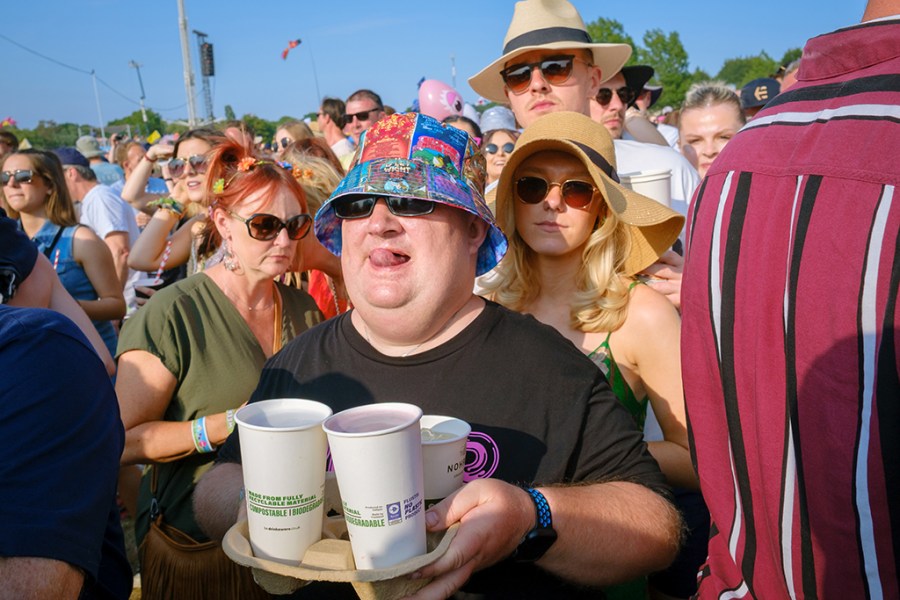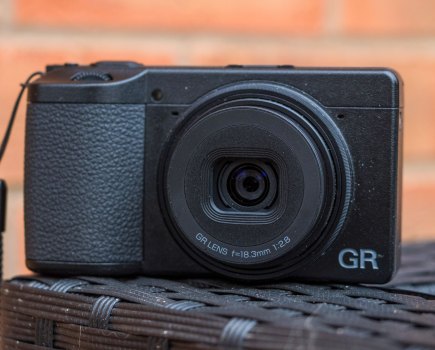As part of the upcoming Festival of Photography: Documentary event, AP will be giving emerging photographers the chance to shine a light on their work alongside a line-up of some of the world’s celebrated documentary photographers and photojournalists. Emerging photographers that will be presenting and sharing their work include Si Jubb and David J Shaw, plus AP’s 2025 Emerging Photographer of the Year winner Ethan Parker. Below, Si shares more about how he got into photography and his inspirations with Peter Dench…
Si Jubb is a British photographer, whose work blends an observational documentary style with a distinct sense of place, wit and social nuance. Rooted in everyday life, his images explore the quietly surreal and tender moments that often go unnoticed. Although growing up in a photographic family, his photographic work started in earnest in 2017, living in and shooting the seaside town of Weymouth along with projects further afield.
Together with his own photographs, he is a hunter and restorer of found negatives and slides, which resulted in a feature for the Guardian during covid, leading to zines with publisher Bump Books. His work has featured in The FT, The Guardian, The Sunday Times and national magazines.

When and why did you start taking photographs?
Photography’s always been part of my life. Growing up, we documented everything—birthdays, everyday oddities, Christmas head-and-shoulders portraits. I had a camera before I stopped believing in Father Christmas. I remember taking ‘portraits’ of classmates on the last day of infant school and later, at a family friend’s wedding, photographing the photographer rather than the posed shots. That was more interesting to me.
In my teens I used a Praktica EE2 and began learning about exposure and lenses, but the wait for film processing slowed my learning. Music ended up taking over—I studied it at university and fronted an indie band called Jubb & The Dirty Sleeves. Later, I was asked to model for a soil company campaign shot by editorial photographer Adrian Sherratt. That shoot reignited my love for photography. Adrian took me under his wing and I started assisting on portrait jobs. That was eight years ago, and digital cameras gave me the instant feedback I’d always missed. I’ve always enjoyed collecting interesting moments.
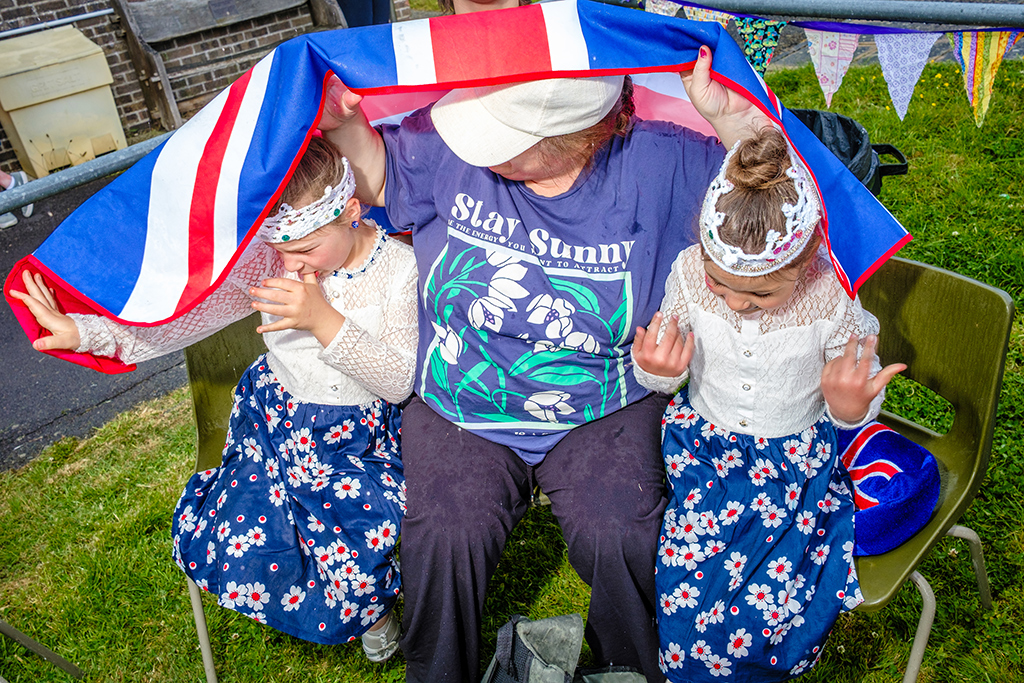
Which genre do you tend to work mostly in?
Documentary photography. If I do portraiture, I prefer environmental setups—something with context or interaction between the subject and surroundings. I mostly shoot in colour, though in low light I’ll switch to black and white or use flash sparingly if I need to.
What draws you to documentary photography?
There’s a unique, never-happens-again magic to it. I’ve never had the patience for setting up shots and small talk. Candid wins every time.
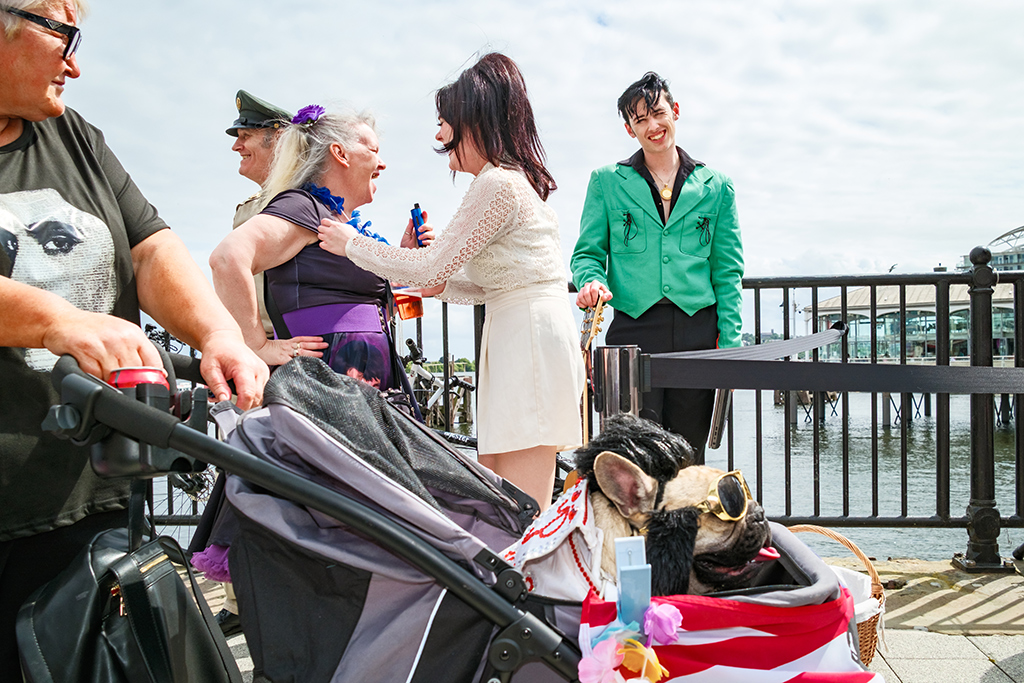
Any formal training?
Not formally, no. But my Nanna and uncle instilled a lot—framing, lens choice, flash use. I’ve self-educated by absorbing the work of great photographers and cutting out favourite images from The New York Times for scrapbooks. A postgrad course would be great if the stars align, but for now, I’m setting my own homework.
Biggest photographic obstacle?
Imposter syndrome and worrying what people think when I shoot in public. But if the shot’s worth it, instinct takes over. As soon as my eye’s in the viewfinder, I tune everything else out.
Who or what are your biggest influences?
I blend influences from photography, painting, and film. Edward Hopper is top-tier for people in landscapes. I’ve gone through a Caravaggio phase—obsessed with light and pose. Pop Art, Stanley Kubrick’s wide-angle cinematography, and Martin Parr have also shaped how I see the world. I think in wide angles, probably from skateboard videos or my glasses prescription.
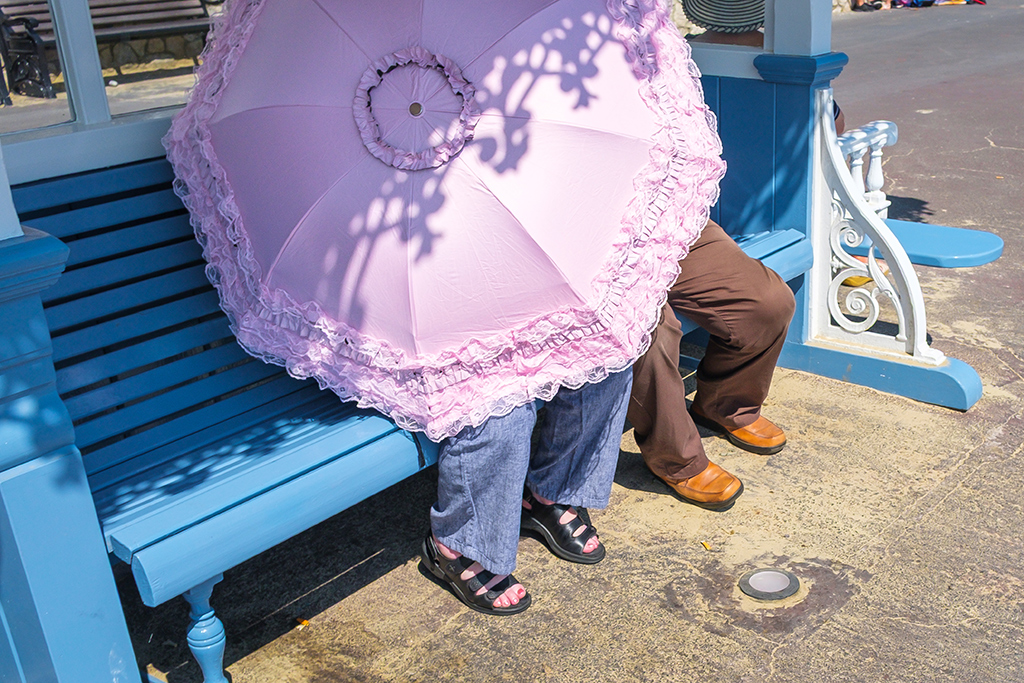
What gear do you use?
I started seriously in 2017 with a Fujifilm X100F—small, unassuming, great lens. I’ve used various Sonys, Minolta lenses, film cameras like the Canon A35F and some medium format cameras. But film got too expensive, and a lab once lost two rolls from a paid job—game over.
Now I shoot exclusively Fuji digital: the X100VI with its built-in 35mm-equivalent lens and adaptor for 28mm, plus an X-T3 with a 50mm equivalent and an ultra-wide Nisi 13.5mm. I use Nissin flashes (i40, i60, Di700) and sometimes a Rayflash ring flash , occasionally off camera flash for that dramatic, baroque-esque look. If caught without a camera, I’ll even shoot RAW on my phone.
Tell us about your current project
I’ve just released Weymouth, my third zine with Bump Books. It’s a personal one—Weymouth is where I grew up so it felt right to create something that captures the spirit of a place that’s shaped me so much.
Dream equipment?
I’ve got all I need, really. Though I’d love a TTL ring flash compatible with Fuji—everyone else seems to have one.
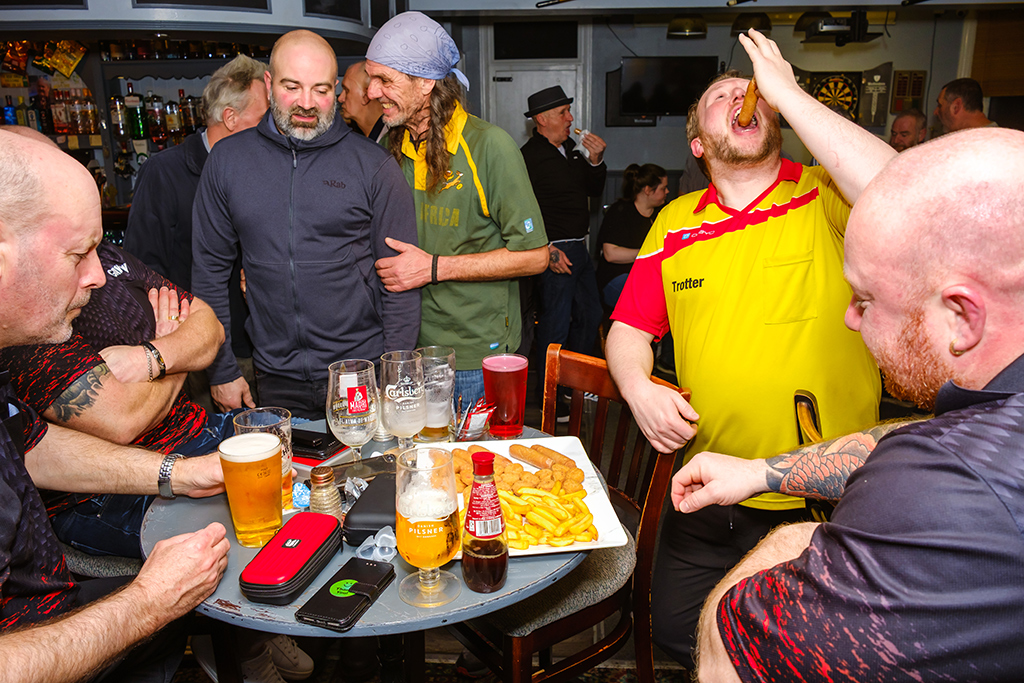
Highlight so far?
Having self assignment photos of mine published in The Guardian & Sunday Times as part of their coverage of the Oasis reunion tour. The biggest gig in the world was happening within walking distance of my house that day, so I thought it was a good idea to go for a wander with my camera.
Hopes for the future?
I’m not trying to push a message or make grand statements. I shoot things I think would make a good photograph. I hope one day the work will reveal its message on its own. Until then, I’m happy doing what I do—no overthinking.

Dream assignment?
To document the behind-the-scenes life of a Bob Dylan tour for The New York Times Magazine—with a focus on the fans and the realities of life on the road. If anyone reading this can help, don’t be shy.
Advice for emerging photographers?
Ignore the urge to chase likes or spend a fortune on new gear to feel ‘legit’. Also, don’t not read Amateur Photographer weekly (wink). Jokes aside, I found the British Museum a great place to practise—everyone’s too busy looking at exhibits to notice you taking photos.
If you’re doing a course, make the most of it every day. You won’t get that time back.
Si will be joining us on Saturday 9 August at Festival of Photography: Documentary to talk on his previous and future projects, plus his methods and motives for documenting the familiar and celebrating the quirkiness of modern life. Save 25% now – Get your tickets here!
More reading:

